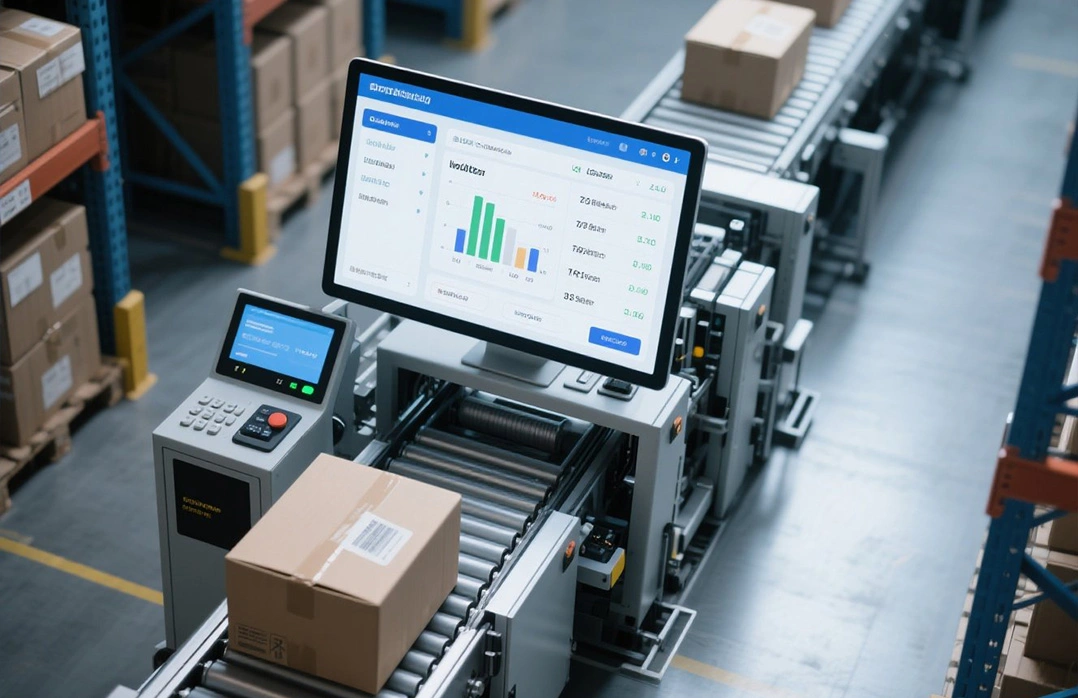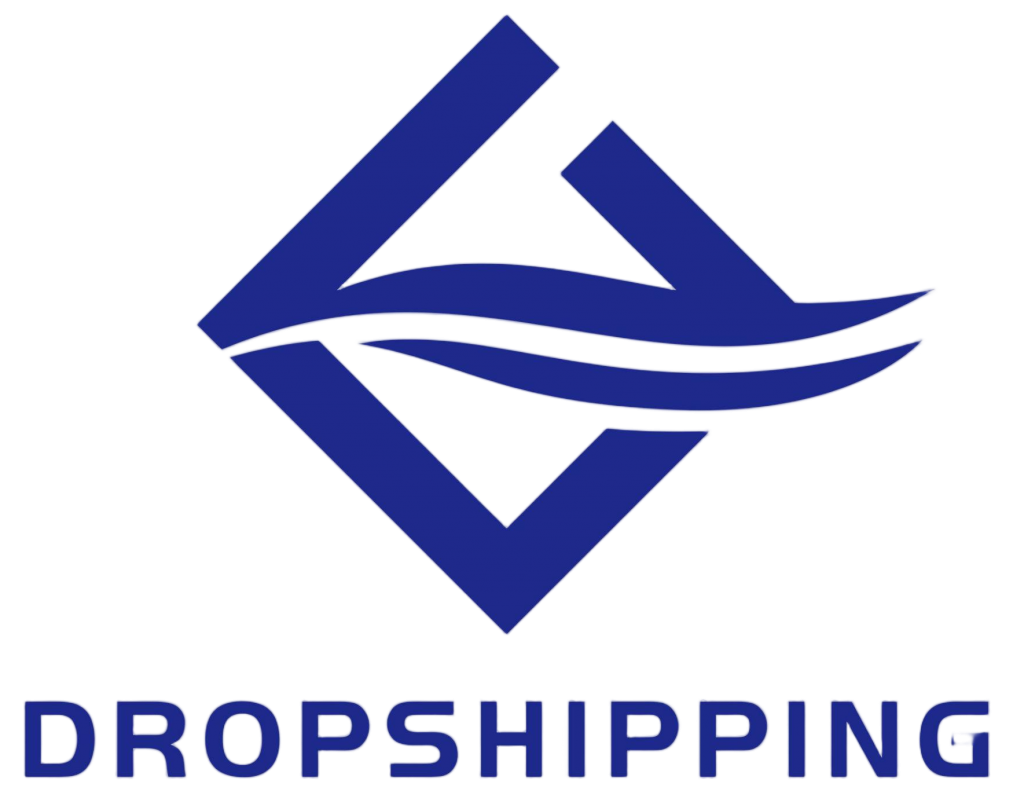Fast and right order delivery is key to winning in the tough eCommerce world. Website order fulfillment means taking care of stock, handling orders, packing goods, and sending them to shoppers. Picking the smartest way grows profits, makes buyers happy, and helps stores get bigger.

The Role of Order Fulfillment in eCommerce Success
Order fulfillment is the heart of an online shop. It’s not just about shipping items to people.
Why Efficient Fulfillment Matters for Online Stores
Good operations get products to buyers fast and in perfect shape. Slow deliveries or mix-ups make shoppers mad. This leads to poor reviews and fewer sales. A steady system helps growth and keeps service awesome.
How Fulfillment Impacts Customer Satisfaction and Retention
Quick shipping, right orders, and easy returns make people buy again. Great moments after delivery bring shoppers back. Speedy delivery makes stores stand out in a packed eCommerce market.
Key Metrics to Evaluate Fulfillment Performance
Look at order correctness, delivery quickness, stock changes, return amounts, and running costs. These numbers spot issues and show how to do better.
Core Components of Website Order Fulfillment
A great fulfillment process needs linked steps that work well together.
Inventory Management and Storage Solutions
Clever stock systems keep inventory counts right. Tools that update instantly in normal or cloud warehouses stop shortages or extra stock. Safe storage and handy tools, like those from DROPSHIPPING, are super important.
Order Processing and Picking Accuracy
Fast and careful picking is a must. Tools like barcodes or RFID cut down on mistakes when picking and packing. This keeps things moving smoothly, even when it’s super busy.
Packaging, Labeling, and Branding Considerations
Packaging keeps items safe and shows the brand’s style. Customized Packaging Services make unboxing fun. DROPSHIPPING makes packing and shipping simple with special options.
Shipping Methods and Delivery Timeframes
Giving options like standard, quick, or global shipping fits what buyers want. Clear tracking details, like DROPSHIPPING’s 24-hour updates, make people trust the buying process.
In-House Fulfillment Strategy
Running fulfillment in-house gives control but takes a lot of work.
Benefits of Managing Fulfillment Internally
In-house setups let stores closely watch stock, branding, and buyer service. They can fix things fast without waiting for others.
Challenges and Limitations of In-House Fulfillment
Setting up warehouses, teaching workers, buying software, and managing supply chains cost a ton at the start. Growing gets hard when orders pile up.
Tools and Technology to Support In-House Operations
Order Management Systems (OMS) and Warehouse Management Systems (WMS) update stock and send orders automatically. For example, OMS tools link with Shopify to handle orders from many places. This cuts errors as stores grow.
Third-Party Fulfillment (3PL) Providers
3PLs let stores focus on selling by taking care of logistics like pros.
What to Expect from a 3PL Partner
3PLs give Warehousing Services, picking and packing, shipping plans, return handling, and easy links with platforms like Shopify or Amazon. DROPSHIPPING does these things really well.
Pros and Cons of Outsourcing Fulfillment
3PLs save cash and bring expert logistics. But some limit control over branding or delivery. DROPSHIPPING fixes this with Customized Packaging Services and clear tracking.
Choosing the Right 3PL for Your Business Needs
Pick 3PLs with great tech connections, worldwide reach, fair prices, room to grow, and good reviews. DROPSHIPPING stands out here, keeping things smooth.

Dropshipping as a Fulfillment Model
Dropshipping has cool perks for new and small businesses.
How Dropshipping Works for Online Businesses
With Drop Shipping Services, sellers show products without keeping stock. Suppliers send items straight to buyers after orders. DROPSHIPPING makes this super easy.
Advantages of the Dropshipping Model
Dropshipping lets stores try products without money risks. It skips storage, saving costs and hassle. Suppliers handle stock and returns, making work simpler.
Risks and Considerations When Using Dropshipping
Faraway suppliers can slow shipping. Quality checks and branding might be tough. DROPSHIPPING helps with Customized Packaging Services to boost branding.
Hybrid Fulfillment Approaches
Mixing ways to fulfill orders adds options but can get tricky.
Combining In-House and Outsourced Fulfillment
A hybrid plan gives popular items to in-house teams. It uses 3PLs or dropshippers like DROPSHIPPING for less popular or global orders.
When to Consider a Hybrid Strategy
This fits stores handling main jobs themselves but using outside help for extra tasks, like shipping overseas.
Managing Complexity in Hybrid Fulfillment Models
A main system with live stock views across channels stops overselling and delays. Smart AI tools, like dashboards, make planning easier.
International Order Fulfillment Strategies
Going global needs early prep to tackle special challenges.
Cross-Border Shipping Challenges
Taxes, long shipping times, and spotty tracking or carrier quality can mess up global deliveries.
Customs, Duties, and Local Compliance
Knowing local import rules stops shipment problems and surprise costs. This keeps buyer trust and brand image strong.
Working with Global Fulfillment Partners
DROPSHIPPING’s digital tools watch global operations. They offer first-mile delivery through Diversified Logistics Channels.
Technology and Automation in Fulfillment
Automation tools let businesses grow without extra workers or costs.
Warehouse Management Systems (WMS)
WMS makes picking paths better and uses barcode scanning for accuracy in Warehousing Services. It connects with platforms like Amazon for speed.
Order Management Systems (OMS)
OMS pulls orders from many channels into one screen. It handles automatic alerts and split shipping, like in DROPSHIPPING’s tools.
Automation Tools for Scaling Fulfillment
Robots for picking and AI predictions cut mistakes and speed things up in smart warehouses.
Cost Optimization in Fulfillment
Balancing cost and quality is super important for growing worldwide.
Reducing Shipping and Storage Costs
Zone-skipping, bulk shipping deals, and cloud-based dropshipping save money. DROPSHIPPING’s cloud warehouses ship directly, cutting storage needs.
Managing Returns and Reverse Logistics Efficiently
Clear return rules, automatic labels, and nearby return centers make things easy. This keeps shoppers happy.
Balancing Speed, Cost, and Customer Expectations
Offer cheap, fast, or green shipping choices. DROPSHIPPING’s flexible logistics pick the best routes for efficiency.
Sustainability in Order Fulfillment
Eco-friendly shoppers pick brands that match their values.
Eco-Friendly Packaging Options
Use recyclable or earth-friendly materials to cut waste. This skips extra shipping costs from big packaging.
Green Logistics and Carbon Footprint Reduction
Local electric deliveries, grouped shipments, and carbon offset programs attract green-minded buyers, especially younger ones like Gen Z.
Consumer Preferences Toward Sustainable Fulfillment
Research shows people spend more with brands using eco-friendly ways. For example, smart stock control cuts waste at checkout.
Introducing DROPSHIPPING as a Reliable Fulfillment Partner
A trusty partner is a must in a tough market.
Overview of DROPSHIPPING’s Services
DROPSHIPPING offers Warehousing Services, cloud stock control, Package Splitting and Consolidation Services, global shipping, Product Quality Inspection and Photography Services, and Packing and Labeling Services. It gives clear shipping papers and supports one-click product adds from TikTok Shop US. Orders sync right away. Tracking updates come in 24 hours. Deliveries often finish in 48 hours.
Benefits of Partnering with DROPSHIPPING for Your Online Store
- Systems that grow fast
- No starting costs
- Simple setup with automation tools
- Global reach with Diversified Logistics Channels
- Full POD (Print on Demand) Customization Services
DROPSHIPPING’s smart supply chain helps all sizes of businesses win.

Conclusion
Great website order fulfillment powers eCommerce success. It meets shopper needs for speed, correctness, and green ways. Plans like in-house fulfillment, 3PL partnerships, or dropshipping with DROPSHIPPING make operations smooth. They save money and help global growth. Picking the right way keeps buyers happy, brings repeat sales, and wins in a busy market.
FAQs
Q1: What’s the main difference between dropshipping and third-party fulfillment (3PL)?
A: Dropshipping lets sellers list products without holding stock. 3PL needs items stored in warehouses. Dropshipping can limit branding for some providers. DROPSHIPPING offers Customized Packaging Services to help.
Q2: How to cut shipping costs without slowing delivery?
A: Use multi-channel routing with zone-skipping and nearby storage. DROPSHIPPING links and live carrier data balance cost and speed.
Q3: Can a business change its fulfillment system when growing?
A: Yes. Start with dropshipping. Then try a hybrid model (3PL + in-house). Central OMS/WMS tools manage stock and orders well.







